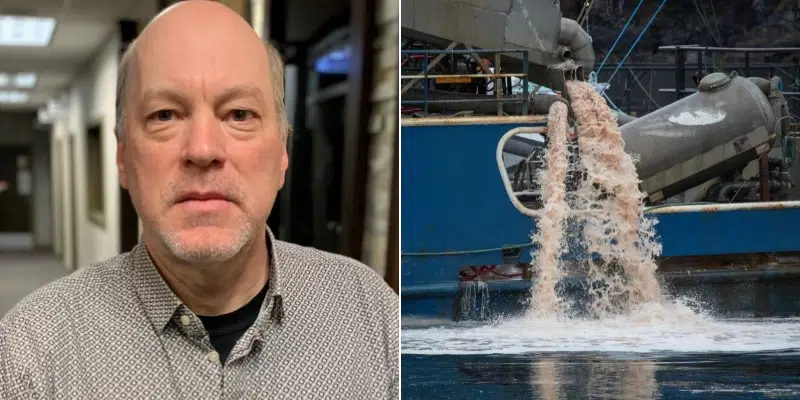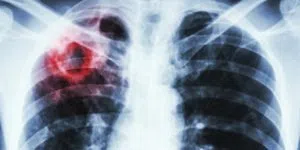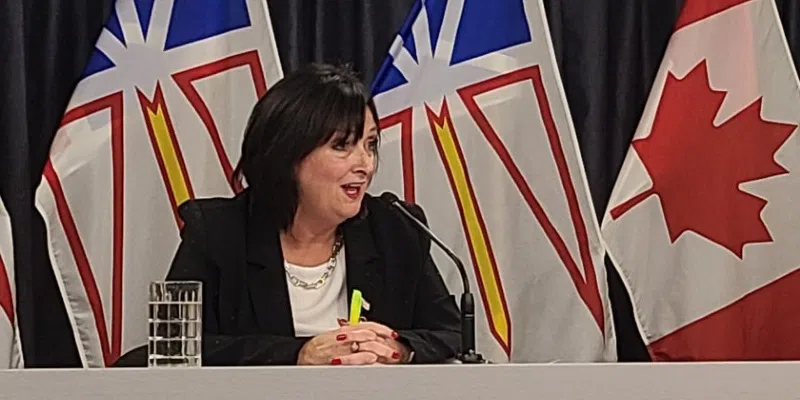A professor with Memorial University’s Department of Biology says the aftermath following the mass die-off of salmon on the south coast brings back traumatic memories of his involvement with the Exxon Valdez marine oil spill.
Ian Jones says you can see the same effect on the shoreline and inter-tidal zone, both completely clogged with this sticky residue that will suffocate and kill all life, as well as potentially being highly toxic.
From where Biologist Dr Ian Jones sits, the salmon die-off on the South Coast is shaping up to be an environmental disaster. He worries about the impact of the clean up on marine birds and he likens the pink affluent created by the cleanup to crude oil. @590VOCM @Fred_Hutton pic.twitter.com/cVfVofvcYL
— Gerri Lynn Mackey (@GerriLynnMackey) October 9, 2019
The hydrogen-sulfide, rotten-egg smell, is a clue that there has been a breakdown of these fish carcasses in conditions without sufficient oxygen.
Jones says there’s a whole brewed-up mess of potentially toxic material that’s coating the coast and possibly marine birds.
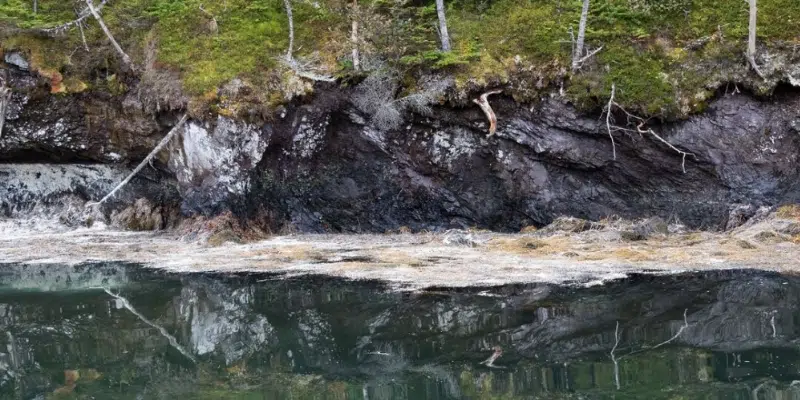
(Photo courtesy Atlantic Salmon Federation.)
A spokesperson for Northern Sea Harvest referred to the material as “harmless”—and Jones calls that obscene.
He says eventually the material will be broken down by weather, wind and waves.
Jones says it will break down just like a crude oil spill is eventually broken down. It’s not going to happen very soon, and in his professional opinion as a biologist, it looks like enormous damage.
As Many as Two Million Salmon May Have Died: Byrne
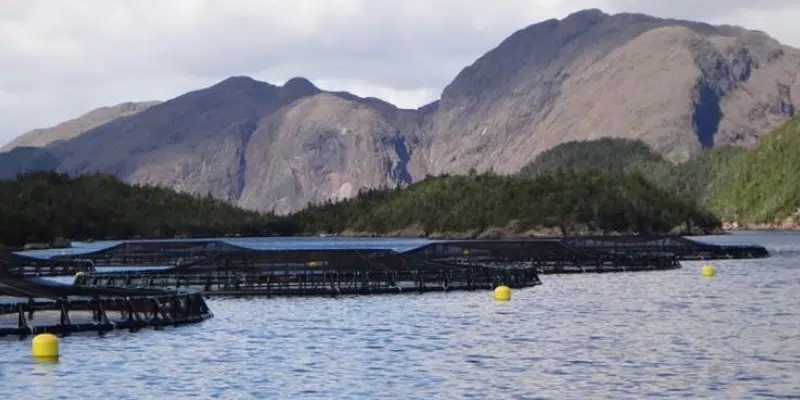
(Photo via Northern Harvest.)
Up to two million salmon may have been killed in the massive die-off event off the province’s south coast that some are calling an ecological disaster.
The provincial government is in discussions with the Marine Institute to conduct a third party review of the actions of the company and the responses from various government agencies.
Provincial Fisheries Minister Gerry Byrne says he’s not comfortable giving an exact number for the amount of fish involved in that massive die-off off the province’s south coast. Byrne told VOCM Open Line with Paddy Daly this morning that up to two million fish were contained at seven sites in Fortune Bay, but not all fish have been harvested and not all were killed.
He says the numbers are still being counted.
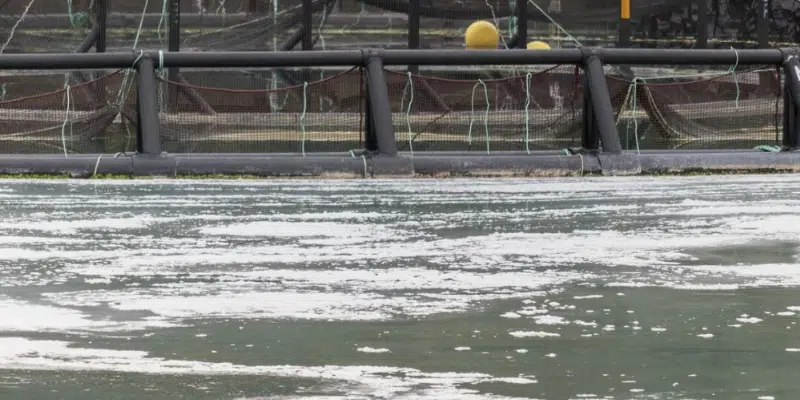
(Photo courtesy Atlantic Salmon Federation.)
Monitoring of the clean up operations is being carried out by DFO and Environment Canada.
As for whether the pink effluent being pumped into the surrounding water following the removal of fish carcasses from affected pens is an environmental hazard, Byrne says he’s confident charges will be laid if warranted. That’s something that is under the jurisdiction of Environment and Climate Change Canada.
Lobster Harvesters Express Concern
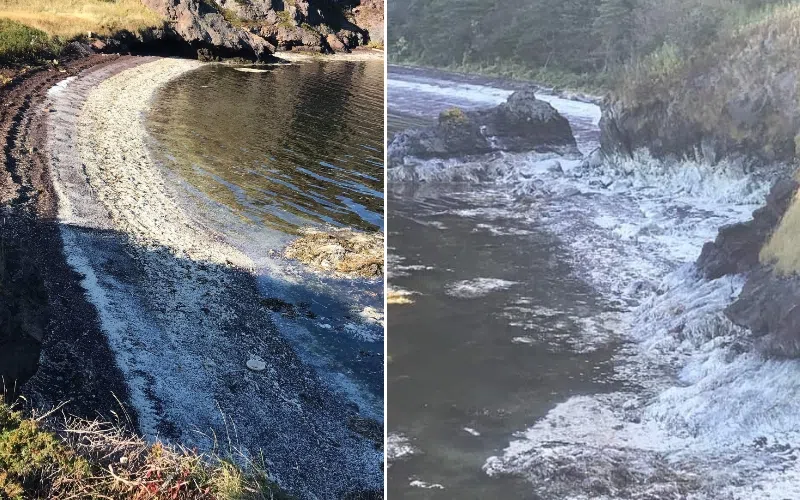
(Photo courtesy FFAW.)
The FFAW has shared a number of photos of what it says is salmon fat and debris gathering on beaches where lobsters are harvested. The union says the photos were submitted by concerned harvesters.
It is calling on DFO and the provincial government to step up to protect the marine ecosystem, and prevent environmental contamination.
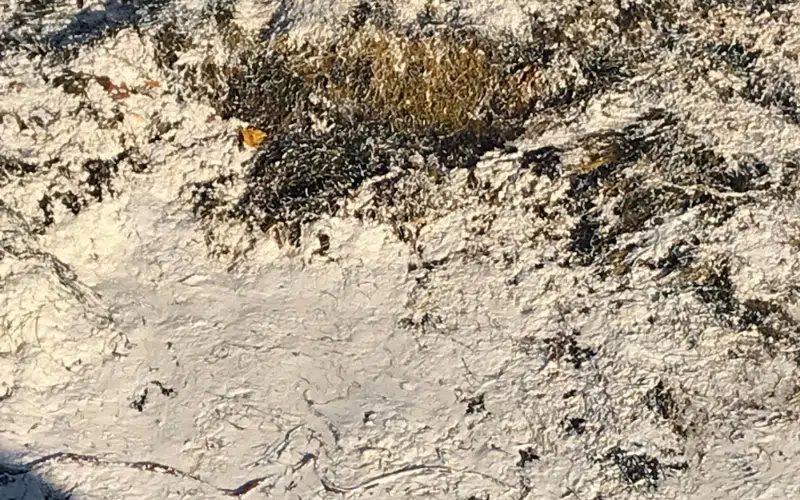
(Photo courtesy FFAW.)
NDP Calls for Government Investigation into “Ecological Disaster”
The NDP is calling on the provincial government to show real leadership and launch an independent investigation into the massive salmon die-off on the south coast.
MHA Jim Dinn wrote a letter to fisheries minister Gerry Byrne calling on him to immediately launch an investigation. He believes it should be carried out by Environment and Climate Change Canada or an arms-length environmental consulting firm paid for by Northern Harvest.
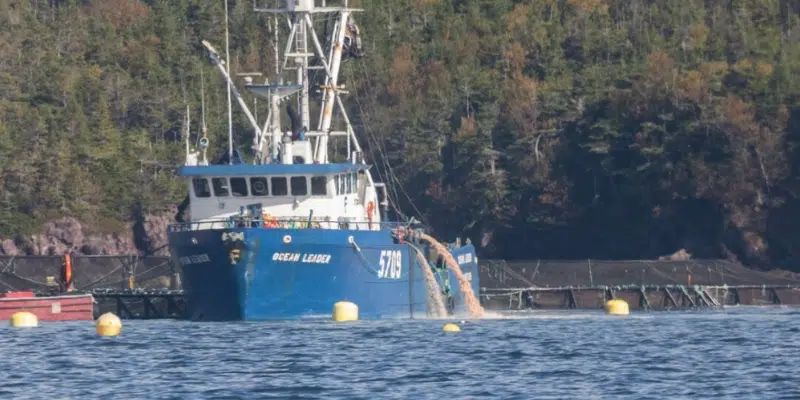
(Photo courtesy Atlantic Salmon Federation.)
Dinn says the enormity of the disaster, the long delay by the company and the minister in reporting it, and the lack of information demand clear answers and measures to ensure this type of catastrophe is not repeated.
The investigation would be tasked with examining all operational environmental factors contributing to the die-off; assessing the truth of the company’s claim that it was simply related to water temperature; establishing and timeline of events and much more.
Dinn says until this is completed, the party insists that Northern Harvest should not be permitted to restock the affected cages. As well, until an independent review and updating of aquaculture legislation is completed, there should be no further expansion of open sea pen fin fish aquaculture in the province’s coastal waters.
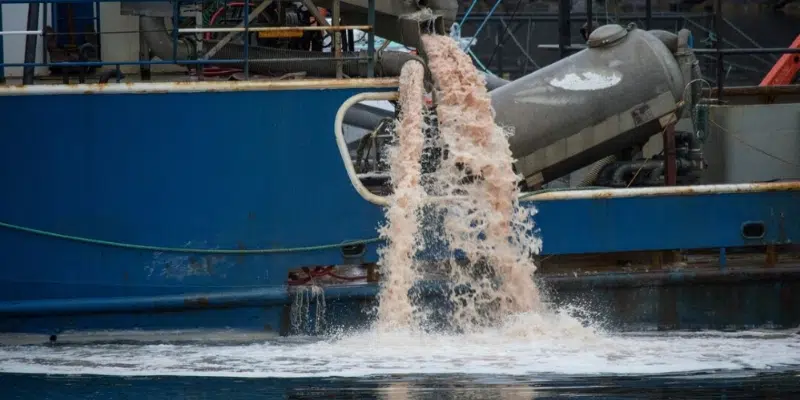
(Photo courtesy Atlantic Salmon Federation.)





